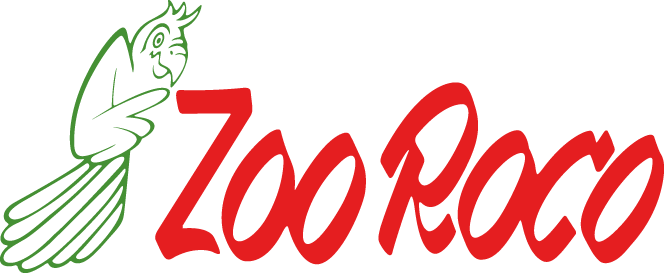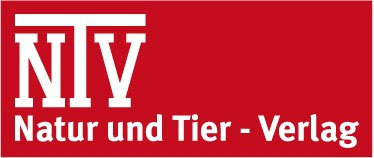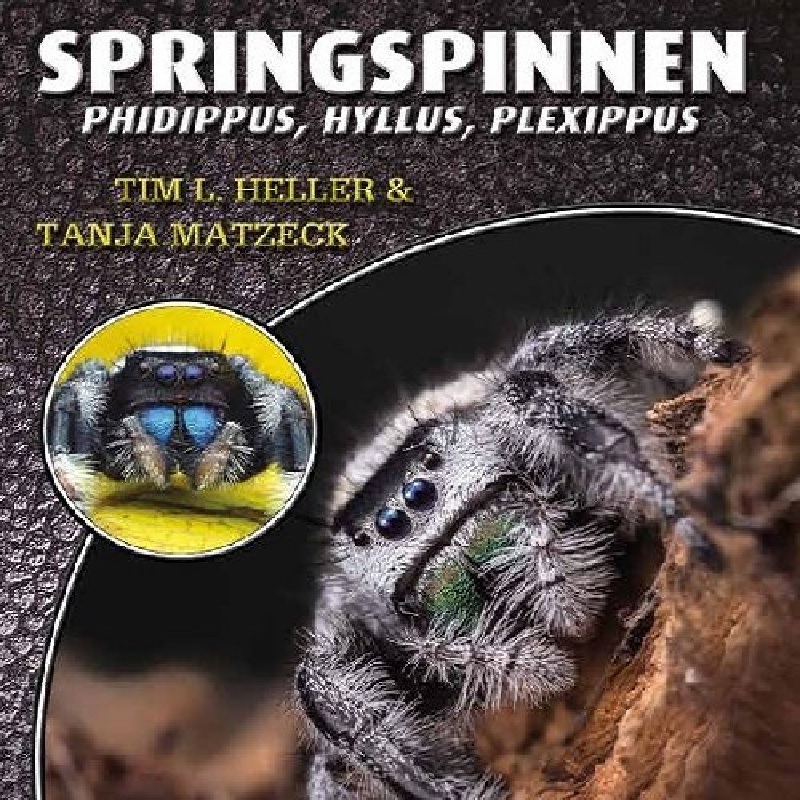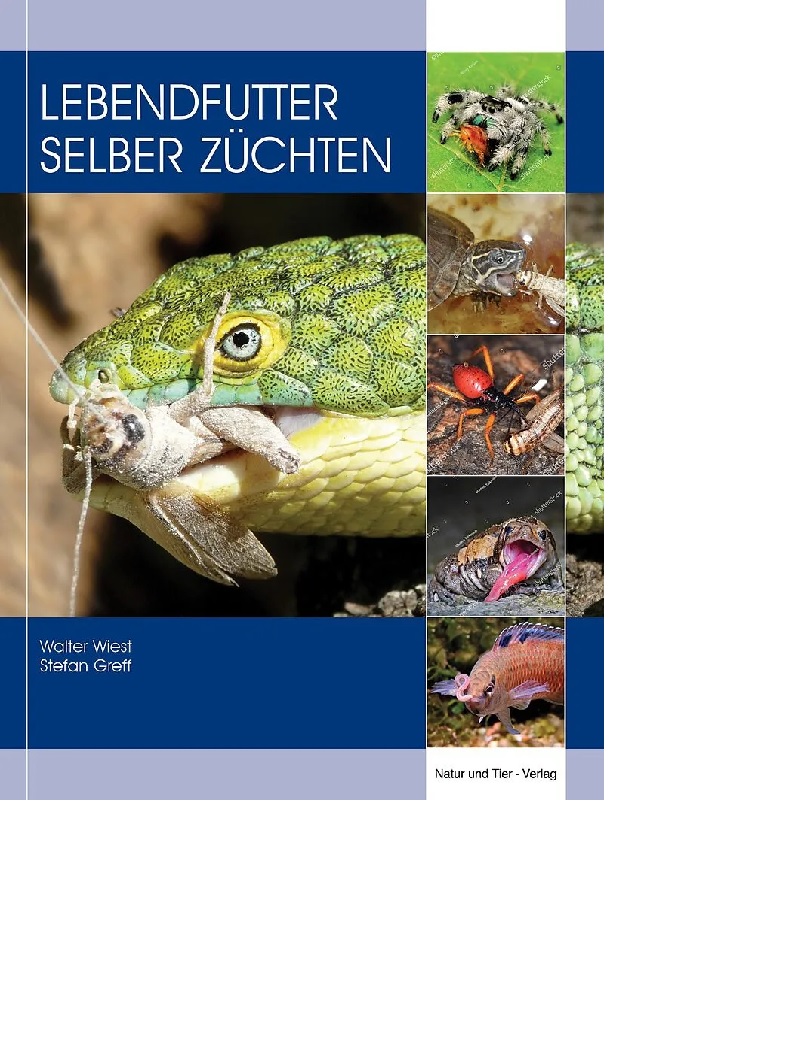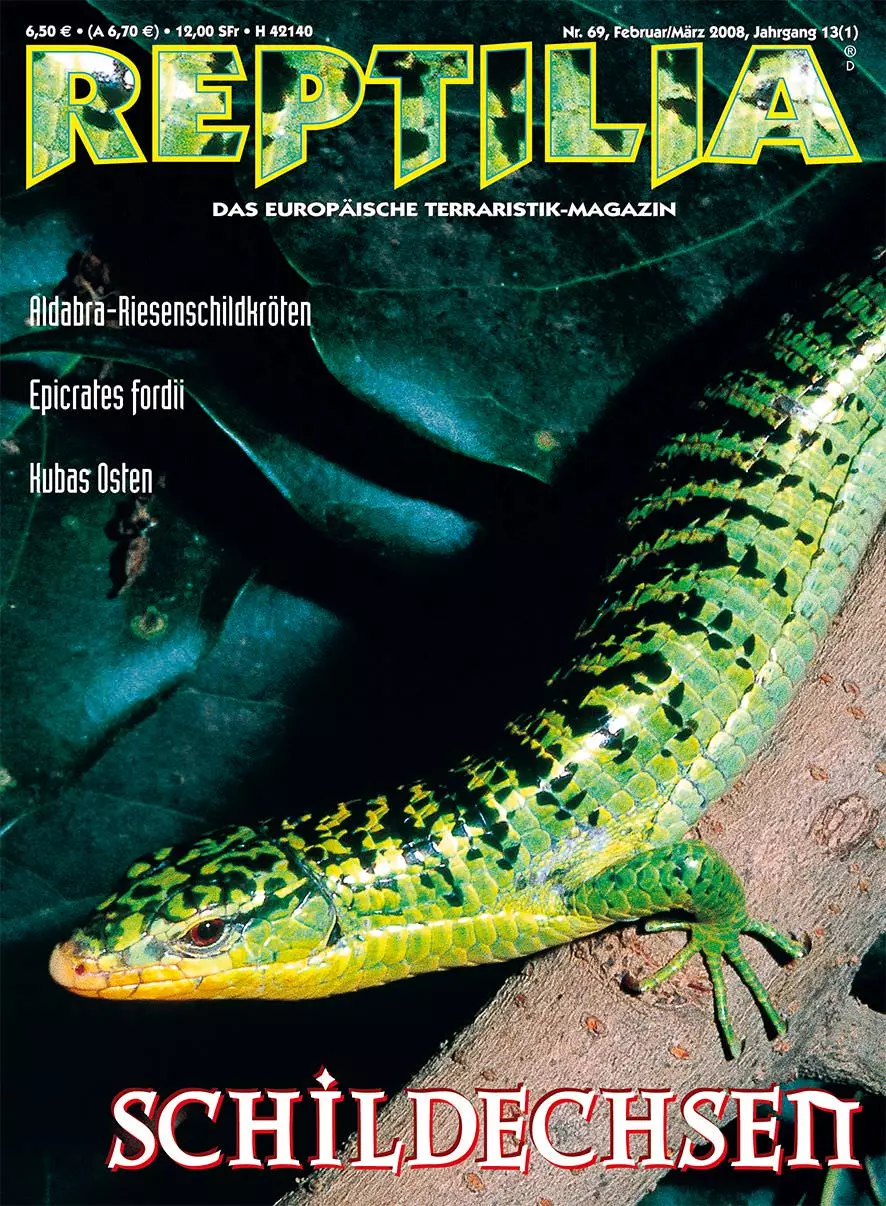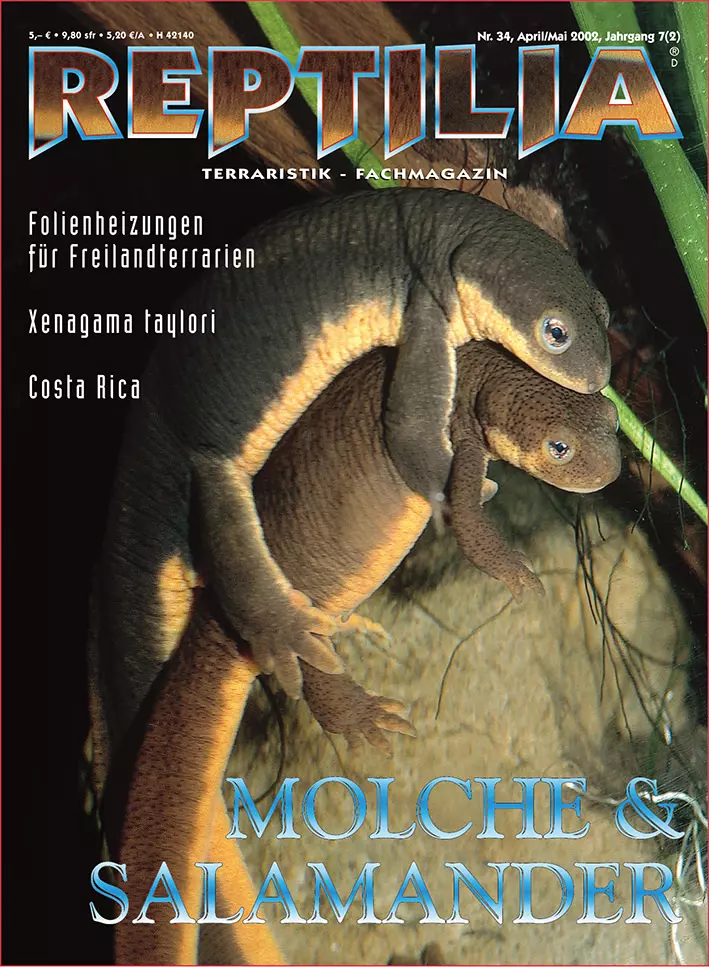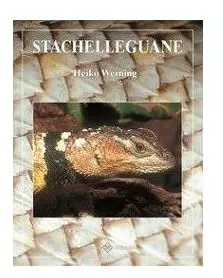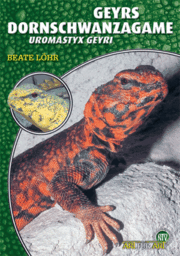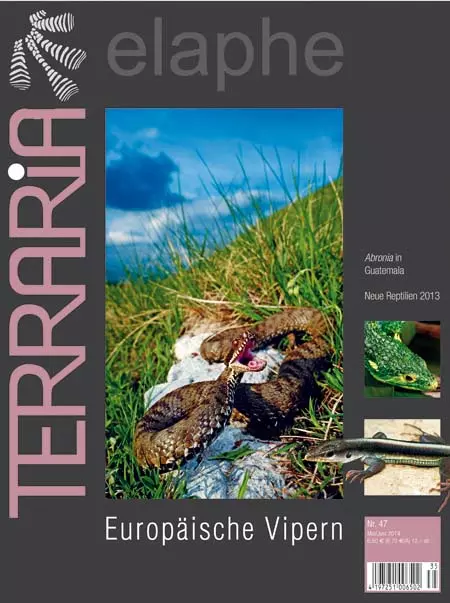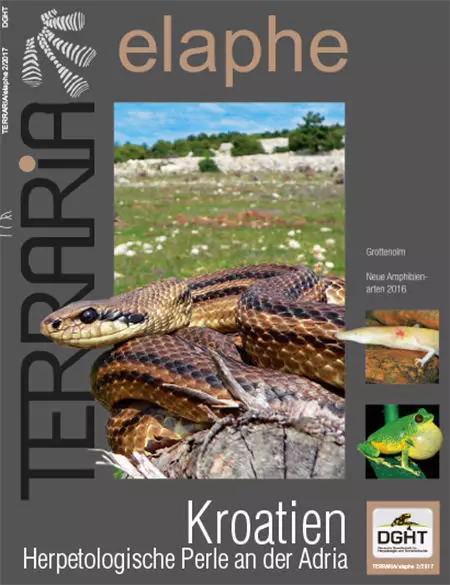
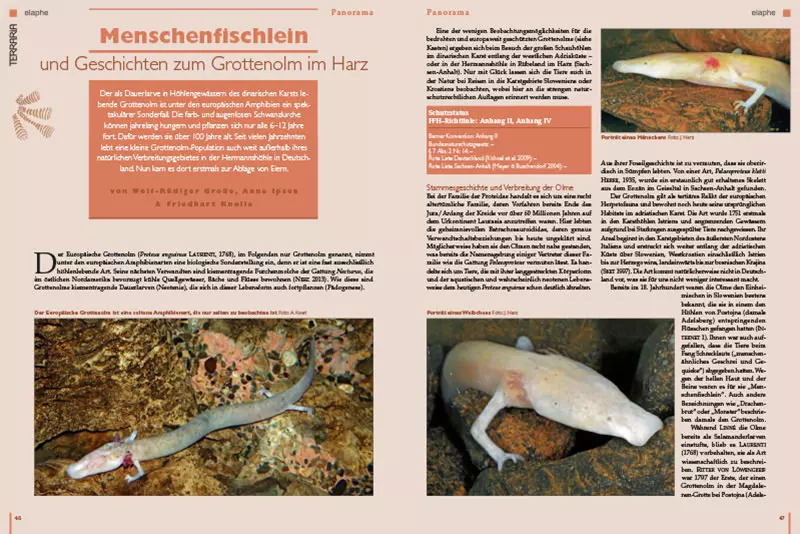
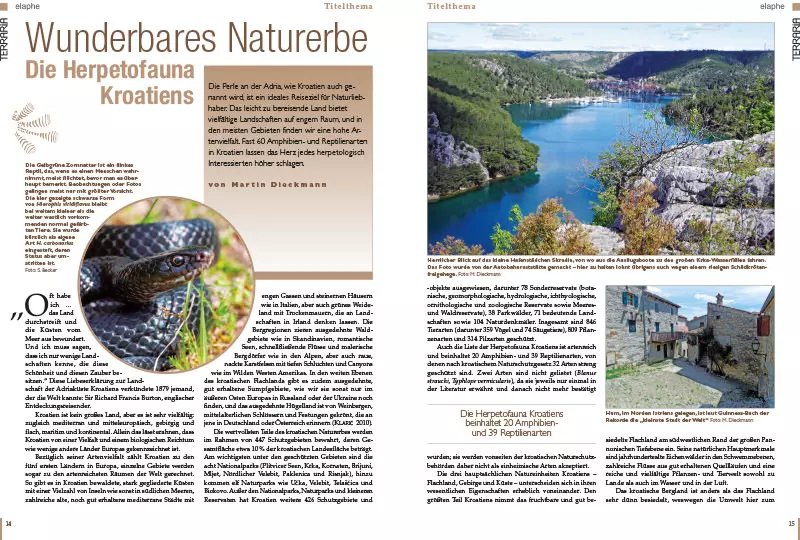
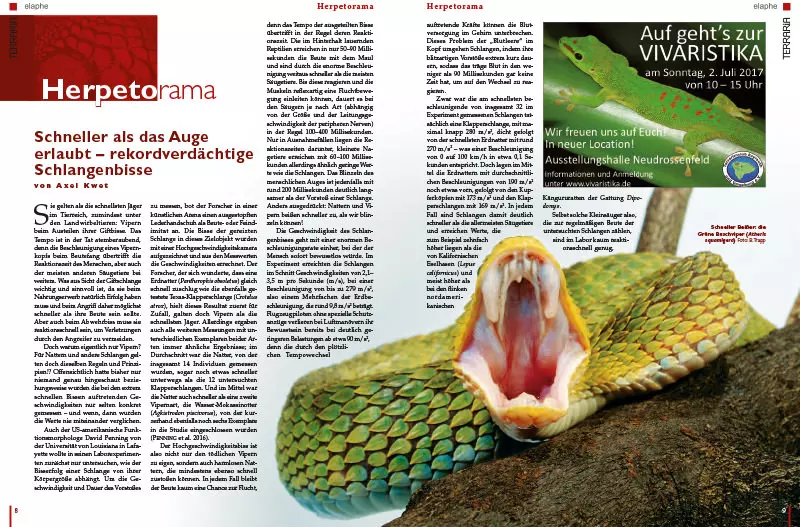












CHF 13.50
Stock: 0
Available in 1-3 days, acquisition time 7 days

Terraria 64 - Kroatien
Inhalt:
Titelthema: Kroatien – herpetologische Perle an der Adria
Kroatien von Istrien bis Dubrovnik: Die nördliche Balkanhalbinsel ist berühmt für ihre wilde Schönheit und liegt doch nur wenige Autostunden von Deutschland entfernt. Wir begeben uns an die adriatische Küste mit ihrer zerklüfteten Inselwelt und in die Gebirge des dinarischen Karstes. Und begegnen dort einer vielfältigen Herpetofauna, die für Kroatien insgesamt 20 Amphibien- und 39 Reptilienarten umfasst und bestens an die oft harschen Lebensraumbedingungen angepasst ist.
Außerdem in TERRARIA/elaphe 2/2017:
- Menschenfischlein: Geschichten zum Europäischen Grottenolm
- Haltung von großen Schmuckschildkröten
- Liste der neu beschriebenen Amphibienarten 2016
- und vieles andere
Territorial
Herpetorama
Schneller, als das Auge erlaubt – Rekordverdächtige Schlangenbisse/Blattsteiger: Urzeitwesen in Florida/Kulturfolger: Große Echsen auf Teneriffa/Dornteufel: Bunte Baumkröten
Titelthema
Wunderbares Naturerbe. Die Herpetofauna Kroatiens
Martin Dieckmann
Die Kvarner-Bucht. Eine Schnittstelle zwischen den Ökosystemen Europas
Martin Dieckmann
Die Lacertiden Kroatiens
Martin Dieckmann
Auf den Spuren Winnetous. Kroatiens wilder Westen
Martin Dieckmann
Panorama
Menschenfischlein und Geschichten zum Grottenolm im Harz
Wolf-Rüdiger Grosse, Anne Ipsen & Friedhart Knolle
Forschung
Neue Arten. Liste der im Jahr 2016 neu beschriebenen Amphibien
Axel Kwet
Salamandra
Terraristik
Eine alternative Möglichkeit zur Haltung großer Schmuckschildkröten
Sebastian Nickl
Natur- und Artenschutz
Feldnotizen
Partieller Leuzismus beim Nordamerikanischen Ochsenfrosch
Michael Waitzmann
Kunstvoller Krötentod
Axel Kwet
TERRARINO – Die Kiinderseite
Erdkröten. Liebe auf den zweiten Blick
Ute Nüsken
Abo & Service
Auch in Ihrer Nähe
Vorschau
Brutkasten
Medienpädagogik Teil 2
Heiko Werning
0 of 0 reviews
Login
Similar products
